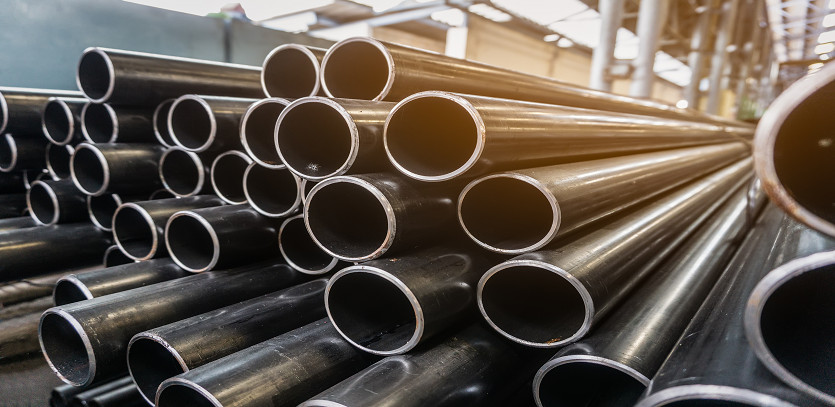An Introduction to the Steel Industry
With its versatility and wide array of uses, steel is a cornerstone of industries ranging from construction and manufacturing to transportation. As such, the global steel trade is a robust, multi-billion-dollar industry. In 2023, although the steel price exhibits volatility, a high price trend is anticipated. This expectation stems from factors like the surging demand from China and other developing economies, coupled with supply limitations due to the COVID-19 pandemic.
Determinants of Steel Trade
Numerous elements influence the steel price, including:
-
Demand Dynamics: Economic expansion, construction industry vitality, and manufacturing sector productivity contribute to the demand for steel.
-
Supply Considerations: The supply side is impacted by aspects such as raw material accessibility, steel mill capabilities, and governmental regulations.
-
Other Commodity Prices: Steel prices are also susceptible to the pricing trends of other commodities like iron ore and coal.
-
Political Occurrences: Global political events can trigger shifts in the steel price by interrupting supply chains or modifying demand patterns.
Insights from Industry Experts
Market analysts anticipate the resilience of the steel market in 2023. Yet, they also recognize potential hazards, like the possibility of a global economic downturn. Steel's popularity is unsurprising considering its strength, durability, and adaptability, which allows it to be employed in the production of a vast range of goods from automobiles to buildings to bridges. Moreover, steel's relative affordability positions it as a cost-effective material choice for numerous applications.
In Conclusion
The steel market is a vibrant and intricate entity, constantly evolving under the influence of various factors. Despite these complexities, steel's popularity remains unchallenged, and the market's strength is projected to sustain through 2023.





